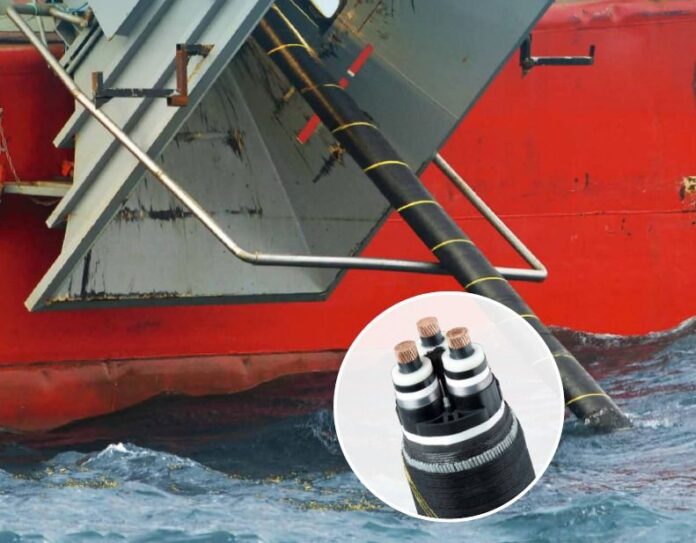Goal is for more accurate reporting and tracking of outage information
WASHINGTON – The Federal Communications Commission has voted to propose new rules designed to tighten the outage reporting rules with new requirements for submarine cables.
The goal, as stated by the FCC, is to “help safeguard this critical communications infrastructure and promote reliable communications for businesses and consumers.”
Submarine cables have become a point of vital importance for global telecommunications infrastructure. As the FCC noted in a statement, “There are approximately 60 submarine cables that provide connectivity – voice, data and Internet – between the mainland U.S. and Alaska, Hawaii, Guam, American Samoa, the Northern Mariana Islands, Puerto Rico, and the U.S. Virgin Islands, as well as virtually all connectivity between the U.S. and the rest of the world. While submarine cables are vital to America’s economic and national security, licensees currently only report outages on an ad hoc basis, and the information received by the FCC is too limited to be of use.”
The outage reporting system described by the FCC as “on an ad hoc basis,” makes it difficult to acquire accurate data. New requirements could provide for more accurate reporting, helping regulators take action to prevent outages that could be a public-safety hazard, or a threat to national security.
A previous outage in the Mariana Islands, which coincided with a break down of the back-up microwave system, shut down Internet, phone and banking services for several days, cutting off 75,000 people – including a large number of active duty military personnel – from these essential services.
FCC Commissioner Mignon Clyburn cited that recent outage as a major reason for the new rules. “To add insult to injury for those of the Commonwealth Northern Mariana Islands is the fact that the agency responsible for ensuring continuous communications and reliability of the nation’s public communications infrastructure only learned of their plight through indirect channels,” Clyburn said.
“Even if we had directly learned about the outage, the commission realized it had no reliable owner and operator contact numbers, no information of the outage impact or restoration, and this left staff at a disadvantage with any opportunity to help to restore those critical services for those citizens.”
Commissioner Michael O’Rielly, who voted for the rules, did voice caution at making any regulations too stringent: “These cables are sitting at the bottom of the ocean and I expect many providers won’t know the cause of the issue in a timely fashion so we have to address that fact going forward.”
Proposed rules are currently open for public comment.
Alcatel-Lucent’s undersea cabling business has been active lately with the recent completion of an undersea cable linking Florida and Ecuador, as well as entering an agreement to run undersea cable along the coast of Alaska.
The 3,700-mile link from Central America to Florida is dubbed the Pacific Caribbean Cable System and owned by a consortium of telecom operators including Setar, Telconet, Telefónica and United Telecommunication Services.
The undersea network uses multichannel 100 gigabit per second technology with a throughput capacity of 80 terabits per second. It’s designed to support broadband demand in the Caribbean, which is growing particularly around digital TV, sports coverage and tourism-related services.
In Alaska, Alcatel-Lucent is working with Quintillion Subsea Holdings to design and construct a cable system that will run from Prudhoe Bay to Nome. The goal of this deployment is to bring reliable, high-speed broadband access to Alaska’s North Slope.
The first phase of the project is a 1,100-mile run linking Nome, Kotzebue, Wainwright, Point Hope, Barrow and Prudhoe Bay with the capacity for future extensions to Asia and Europe. Phase one is slated for completion by the end of 2016.

